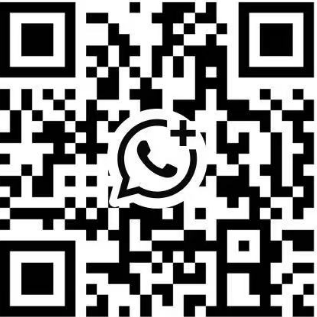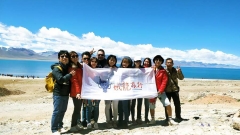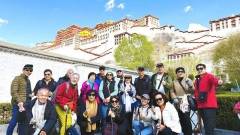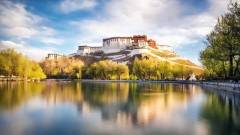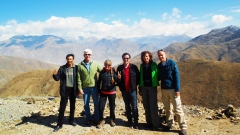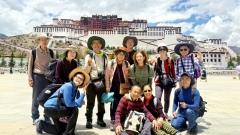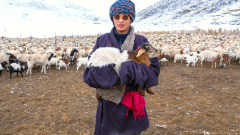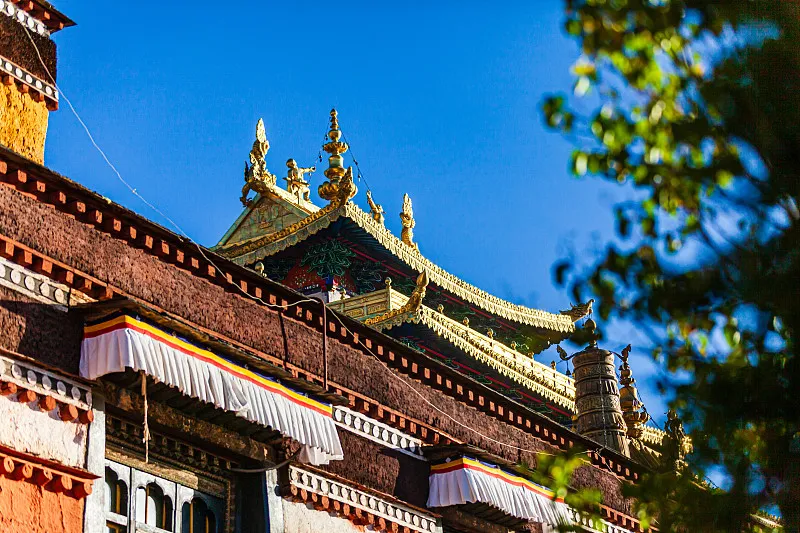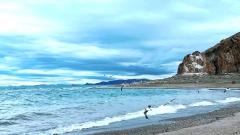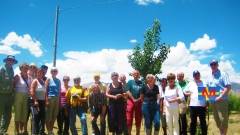Many first-time visitors to Tibet often feel unsure about what to pack. In reality, travel essentials for Tibet can be categorized into five main areas: documents, clothing, medicine, daily necessities, and food. Below is a comprehensive overview to help you prepare according to your needs.
Required Documents for Traveling to Tibet
Document requirements vary depending on your nationality or region. Here’s a breakdown:
1.For Mainland Chinese Citizens
ID Card: For children without an ID card, bring a household registration booklet
Border Permit: Required only for travelers visiting border areas of Tibet.
Driver’s License & Vehicle Registration: Needed for self-driving or renting a car in Tibet.
Other Documents: Student ID, military ID, teacher’s ID, etc., may offer ticket discounts at some sites.
2.For Hong Kong and Macau Residents
SAR Passport
Home Return Permit (Mainland Travel Permit)
Border Permit (for restricted areas)
3.For Taiwanese Citizens
Mainland Travel Permit (Tai Bao Zheng)
Tibet Entry Approval Letter
Military Area Entry Permit: Required for visiting border areas.
4.For Foreign Nationals
Passport
Chinese Visa
Tibet Travel Permit
5.Military Area Entry Permit
Alien Travel Permit: Required for visiting regions beyond Lhasa.
Note: The Tibet Entry Approval Letter, Military Area Entry Permit, and Alien Travel Permit can only be arranged via a registered local travel agency in Tibet.
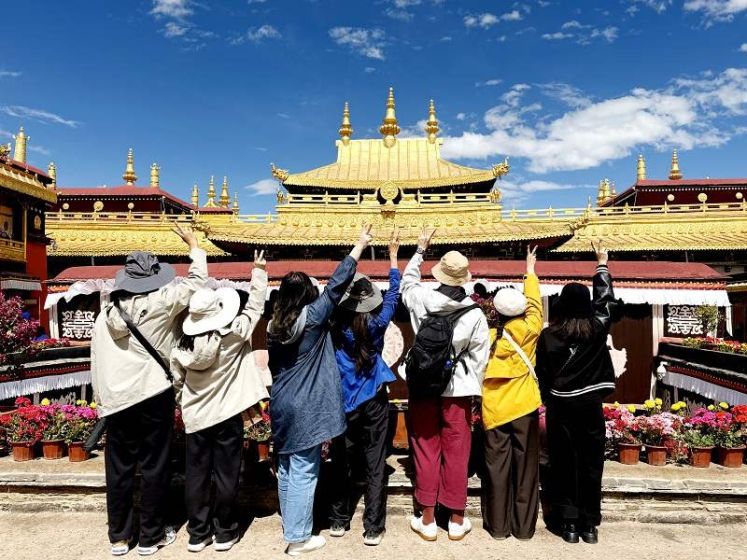
Tourists take photos
Clothing Recommendations by Season
1.Spring (March–May)
Temperature: Daytime: 10–15°C / Night: Below 10°C
Recommended: Thick jackets, sweaters, thermal pants, base layers, sports shoes
Note: Prepare for large temperature swings between day and night
2.Summer (June–August)
Temperature: Generally 10–26°C, with hot midday hours
Recommended: Long-sleeve and short-sleeve shirts, light jackets, jeans, sports shoes
June Tip: Pack thin thermal layers and a light jacket for early summer trips
3.Autumn (September–November)
Temperature: 4–22°C, with nighttime temperatures possibly dropping below zero
Recommended: Warm jackets, sweaters, thick pants, thermal underwear, sports shoes
4.Winter (December–February)
Weather: Cold and dry
Recommended: Down jackets, padded coats, thick sweaters, thermal underwear, insulated pants, warm shoes
In high-altitude areas such as Ngari, Everest, or Namtso Lake, bring down jackets or outer shell jackets year-round. For outdoor trekking like mountain circuits, hiking shoes are strongly recommended.
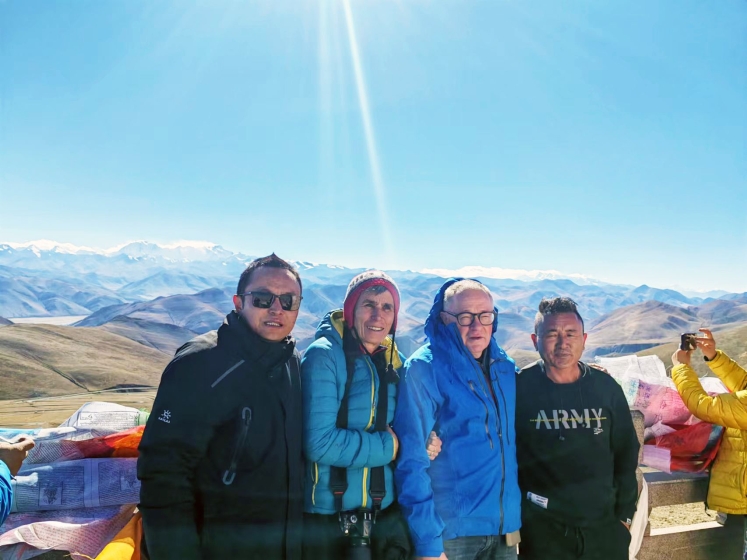
Medications to Pack
- Altitude Sickness Remedies: Rhodiola, Gao Yuan An, ibuprofen, Notoginseng capsules
- Digestive Medications: Stomach relief tablets, herbal stomach aids, Motilium
- Vitamins: Multivitamins like Centrum, GoldLife
- Cold & Flu Remedies: 999 Cold Remedy, Banlangen, Lianhua Qingwen capsules
- Topical/External Use: Motion sickness patches, Yunnan Baiyao, Tiger Balm, Band-Aids, eye drops, antiseptics, iodine, cotton swabs, gauze, medical tape
- Personal Prescriptions: Bring regular medications based on individual health needs
Daily Essentials
- Toiletries: Toothbrush, toothpaste, face towel, wet wipes
- Skincare: Lip balm, body lotion, sunscreen, face cream, hand cream, moisturizing masks
- Sun Protection: Sunglasses, umbrella, UV-protective clothing, wide-brimmed hat
- Other Essentials: Face masks, neck pillow, power bank, chargers, bank cards, some cash, disposable bed sheets
Recommended Food and Snacks
- Some scenic areas in Tibet are remote and far apart, so it’s helpful to bring high-energy snacks like:
- Biscuits,Beef jerky,Chocolate,Snickers bars,Other favorite and easy-to-carry snacks
- These can help replenish energy during long drives or trekking days.
You can adjust your packing list according to personal needs. Many basic items are available for purchase in Lhasa, so if you’d prefer to travel light, consider buying supplies once you arrive.
For the latest practical travel information about Tibet, or to explore travel packages and quotes, feel free to visit the China Dragon Travel website and consult with local experts!


